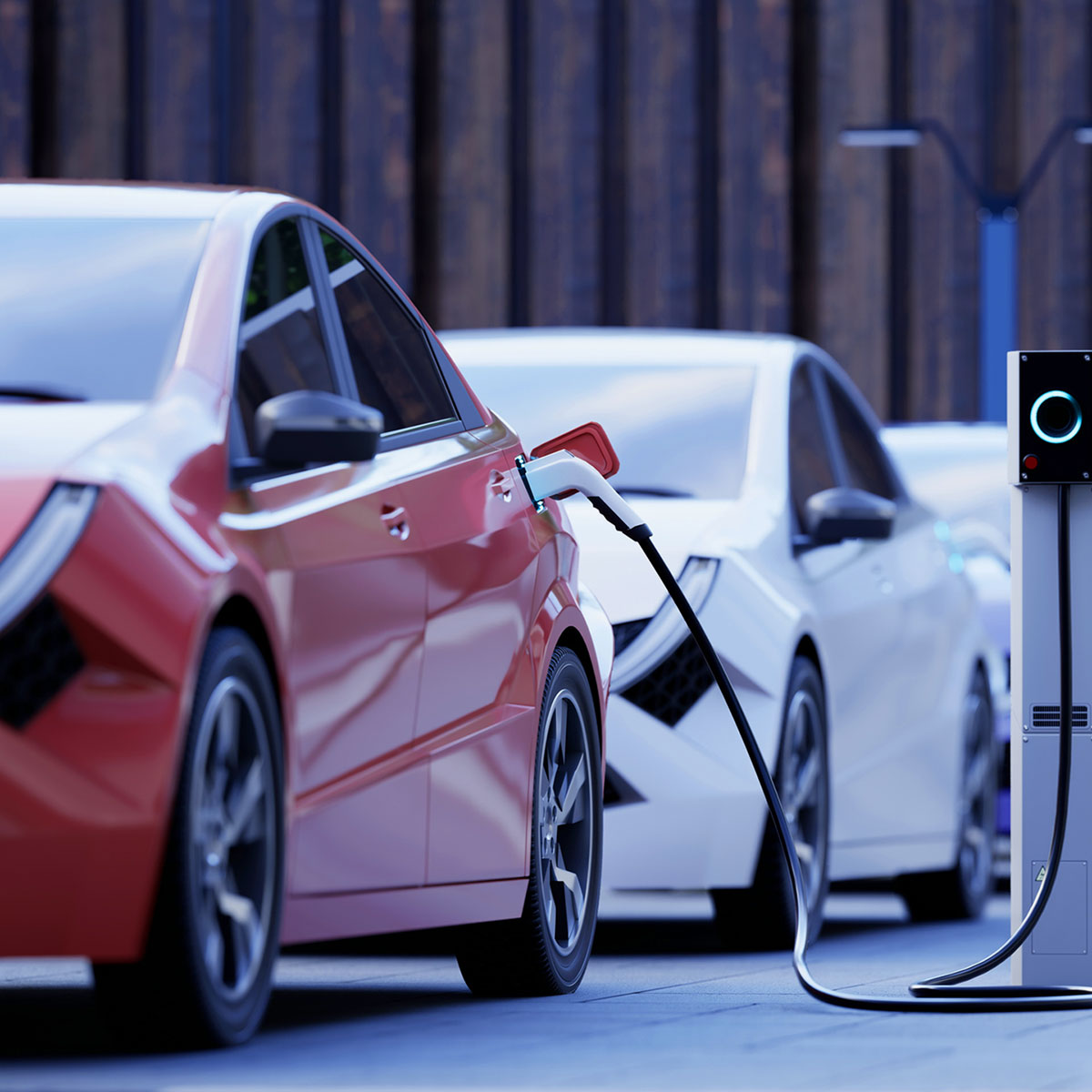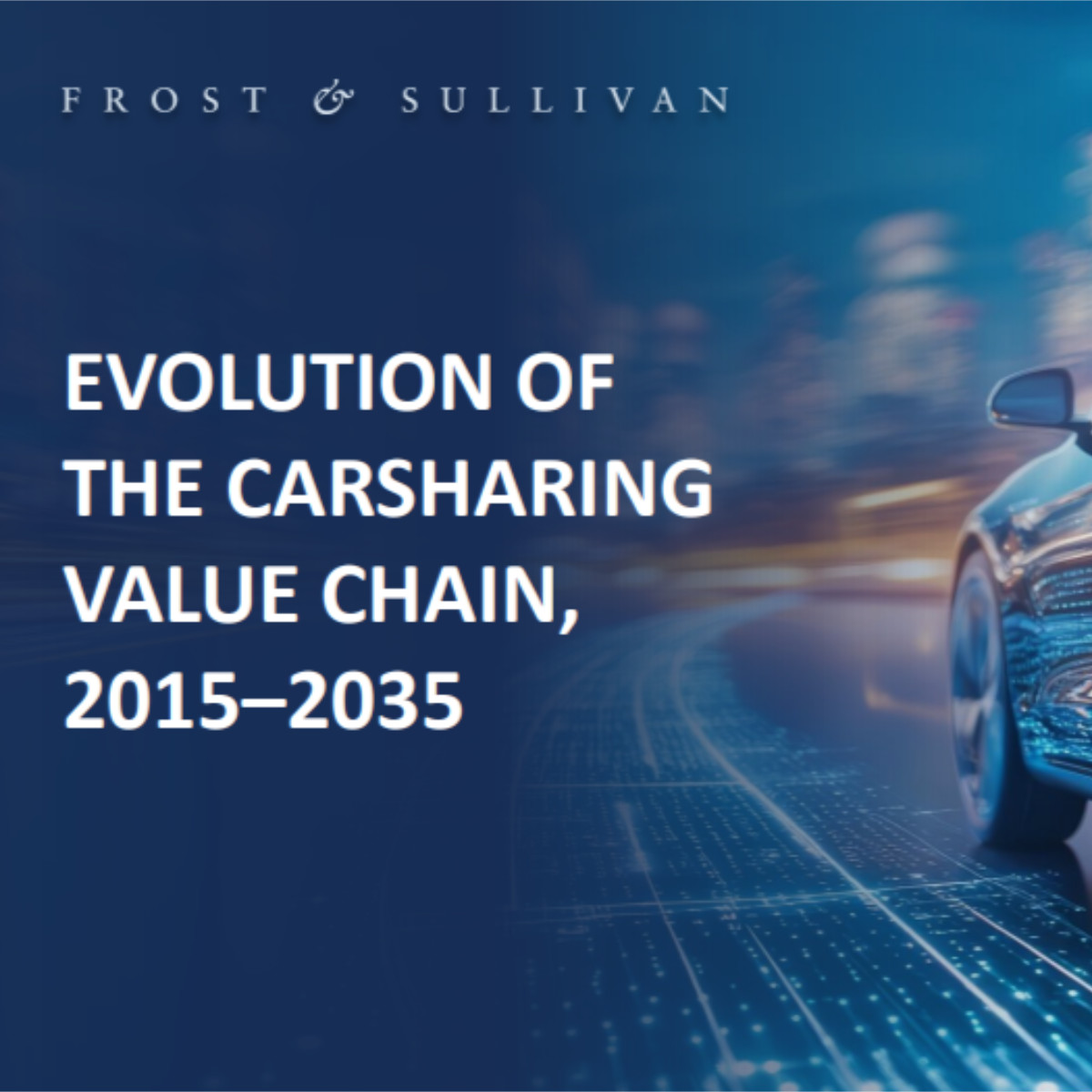At three billion euros a year - up to a third of their total R&D expenditure - European manufacturers are investing the most. 72 per cent of the manufacturers surveyed plan to increase their annual spending on research and development by 2030; only 13 per cent will spend less in the future.
‘The high level of investment is necessary, but is putting a lot of financial pressure on manufacturers and significantly affecting their cash flow and profitability,’ explains Dr Elmar Pritsch, Partner Software Defined Vehicle at Deloitte. ‘However, partnerships can reduce in-house development costs. They also help to keep up with the rapid pace of development on the market and counter the shortage of skilled labour in the IT sector.’
‘Entanglement in complexity’

80 per cent of the companies surveyed that claim to be pioneers in the field of SDV state that they have already established such SDV partnerships. They cooperate most frequently in the areas of cyber security (49%), autonomous driving (46%) and operating systems (44%). However, there is still room for improvement when it comes to reducing complexity and costs in the area of E/E architecture - particularly with regard to operating systems. ‘OEMs are currently working with up to eight operating systems in the vehicle at the same time. Companies are becoming entangled in unnecessary complexity here, and this is driving up costs. It would be important to significantly reduce the number of operating systems and harmonise interfaces,’ says software expert Pritsch.
The software-defined vehicle opens up new sources of revenue: A third of the managers surveyed would like to use the data generated to offer personalised and improved services. Around a quarter of those surveyed (26 per cent) plan to develop such services in cooperation with third-party providers. The majority of manufacturers (80 per cent) expect to generate considerable revenue through service monetisation - on average around 720 million US dollars within the next five years.








